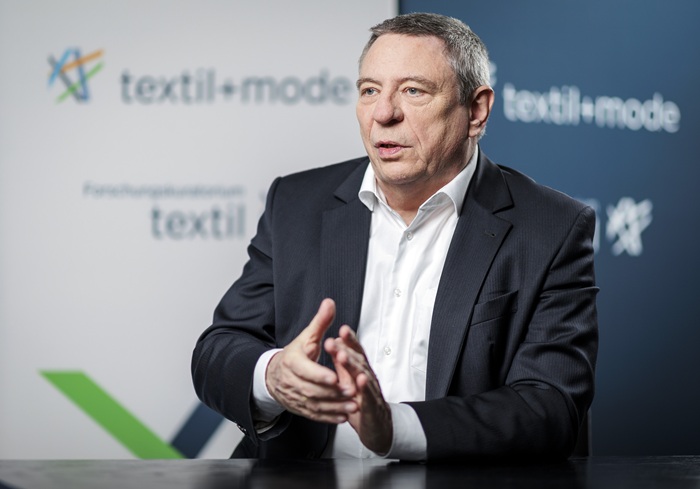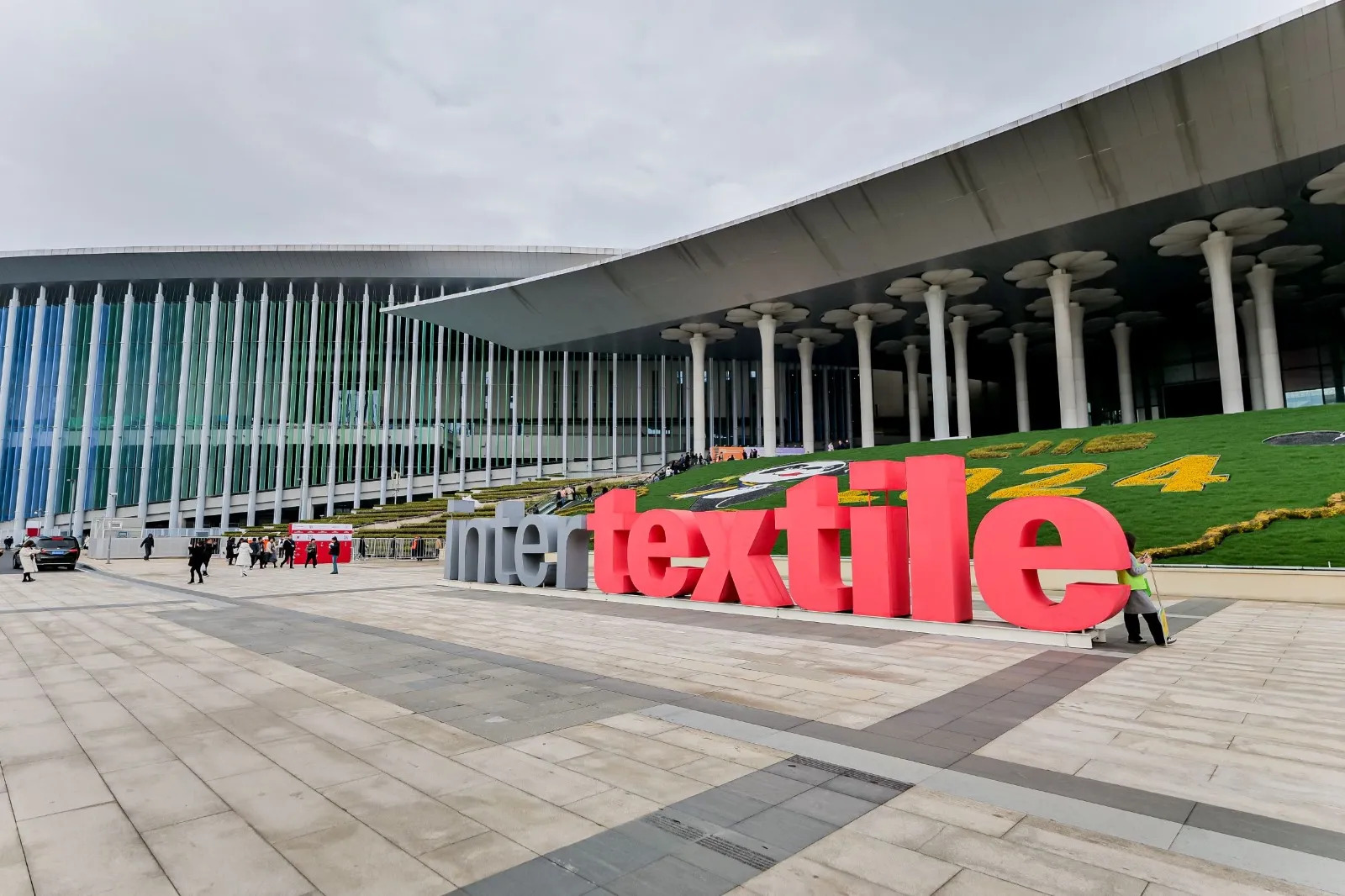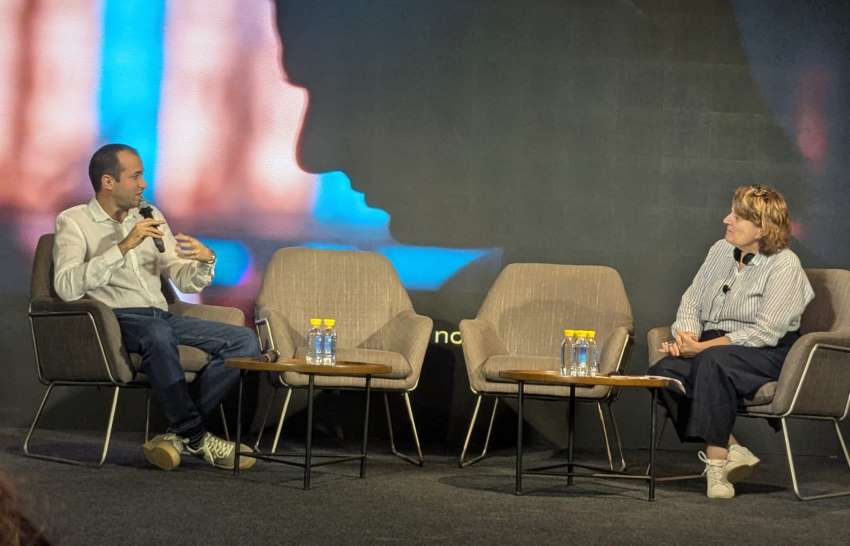FW
India’s cotton production for the current season is estimated to be 36 million bales.
Crop arrival for the current season through the end of April was about 31.1 million bales. Total consumption during the same seven-month time period has been 18.9 million bales, averaging 2.7 million bales per month. By the end of April, about 86 per cent of the season’s crop had arrived in the market.
Total supply for the full season ending in September is estimated to be 41 million bales. Total domestic consumption during the season will be 32.4 million bales. Exports will be 6.5 million bales.
Uncertainty regarding possible Chinese tariffs on imports from the United States, plus the weakening of the rupee against the dollar, may help boost Indian exports.
In November 2017, Indian production was expected to be about 37 million bales, but a pink bollworm infestation in Maharashtra, Telangana and Andhra Pradesh has reduced the output. Gujarat is India’s leading cotton producing state.
The next two or three months look bullish for the cotton sector. There is a need for quality cotton, and the price difference between quality and average cotton is widening.
Timely rainfall during the June-September timeframe will determine planting intentions. However, chances for diversification are also possible, as the edible oil sector performed well in 2017-18.
Bangladesh’s garment exports grew 9.37 per cent year-on-year in the first ten months of the fiscal year.Knitwear exports rose 11.43 per cent and woven garments exports were up 7.42 per cent.
The shipment of garments, which account for more than 80 per cent of national exports, grew because of the increased sales of high-value items and the depreciation of the local currency against the dollar.
The industry is confident of achieving more than ten per cent garment export growth at the end of the fiscal year as the trend in the international market shows very bright prospects.
The country’s garment factories are full of orders from international retailers and brands, thanks to the massive progress in workplace safety carried out by Accord and Alliance.
Exporters also benefitted from the depreciated exchange value of the currency.
Meanwhile frozen and live fish exports grew 2.32 per cent. Shipment of agricultural products such as fruits and spices was up 16.77 per cent. Cotton, cotton products, and yarn exports went up by 19.01 per cent. Jute and jute goods exports rose 7.66 per cent. Home textile export rose 13.07 per cent, footwear 5.29 per cent and furniture 21.86 per cent.
On the other hand, exports of plastic goods fell 19.92 per cent. Exports of leather and leather goods sector also fell 10.02 per cent.
Arvind’s emerging brands have been growing steadily. Since the momentum is expected to continue, the company will continue to invest in the expansion of its distribution network, with an aim to grow sales by 20 per cent to 24 per cent in the ongoing fiscal year.
For the quarter and fiscal year ended March 2018 Arvind’s consolidated numbers were quite decent. The company saw its branded apparel business improving further over the period.
In the quarter gone by, the company’s overall sales grew on the back of improved off take in all its segments. However, prima facie, a rise in cotton prices impacted the textile segment’s margins.
Arvind’s branded apparel segment, besides being on a consistent uptrend in recent times, is still well-poised to deliver healthy returns. As a result, the company is aggressively scaling up operations and marketing expenses in this space, aimed at maximising operating leverage. The engineering segment too has put on a steady show.
The objective is to achieve a sales growth of ten per cent from the textile business, around a third of which it expects from the garments division.
Arvind recently forayed into the fast-growing athleisure category to cater to leading sportswear brands such as Nike, Adidas and Asics.
Indian designer Anita Dongre takes a big step as she gets set to go global and launch her two stores in New York. This Indian designer has opened a multi-floor flagship store in West Broadway that also includes bridal wear and menswear.
On May 9, the Anita Dongre West Broadway flagship store opened its doors to the public. The store, Dongre’s second in the city, houses not just her sustainable luxury line available in her Soho boutique, but also the rest of her multiple product lines.
Dongre has chosen a building from the 1900s spread over 4,500 square feet and four floors. The store’s lower level is dedicated to menswear and Dongre’s pret collection and the ground floor houses Dongre’s Grassroot brand set amongst natural wooden floors and hand-spun textile wall hangings.
The store’s upper level, across two floors, has been dedicated to Dongre’s bridal wear, couture, and jewellery. The decoration gives a sense of Rajasthan, a place from which Dongre draws much inspiration. Handmade furniture and lavish decorations resemble a Haveli and Dongre’s American customers can now browse her bridal wear in a traditional style setting.
Dongre stated that she had always loved the multicultural vibe of New York. Brides, grooms and their families no longer need to travel to India to visit the store. They can now enjoy the luxury of the bespoke services at this flagship store.
The International Cotton Advisory Committee (ICAC) had declared Dr. Baohong Zhang, Professor of Biology at East Carolina University, Greenville, USA, as the ICAC Cotton Researcher of the Year 2018. ICAC honours a leading cotton researcher each year by awarding a certificate of recognition, a shield and an honorarium of US$1,000.
A graduate from China Agricultural University with a degree in plant genetics and breeding, Zhang joined the Institute of Cotton Research at the Chinese Academy of Agricultural Science (ICR-CAAS) in 1991, where he pioneered the development of transgenic Bt cotton. He also developed an advanced CRISPR/Cas9 genome-editing tool and its application on cotton genetics and breeding. He is the first scientist to succeed in employing CRISPR/cas-9 genome- editing technology to knock out an individual functional gene in cotton, including the fibre-related MYB25-like and miRNA genes.
Additionally, Dr. Zhang developed highly efficient approaches for cotton somatic embryogenesis, plant regeneration and highly efficient Agrobacterium-mediated genetic transformation systems in cotton. He conducted innovative research on small regulatory RNAs and is a pioneer for cotton microRNA studies.
Apparel insulation specialist, PrimaLoft, has developed its first ever insulation made entirely from post-consumer recycled (PCR) content. At this year's OutDoor Show in Friedrichshafen, Germany, the company has introduced its PrimaLoft Silver Insulation and PrimaLoft Black Insulation, both of which are 100 per cent PCR.
According to the company, the challenge in producing a high-performance insulation made entirely from post-consumer recycled (PCR) material had been that the melting points of the collected PET bottles used to create the recycled fibres differ from that of virgin fibres, which made the production of a stable insulation fibre that meets performance standards very difficult.
The insulation will offer all the renowned properties that have made PrimaLoft the benchmark in performance insulation, such as low weight, high compressibility and water-repellent characteristics. Around nine commercially available PET bottles are necessary to create the insulation layer for one jacket (thickness 40g / m2).
By 2020, PrimaLoft plans to produce 90 per cent of its insulation products with at least 50 per cent recycled fibre. Most recently, the ingredient brand had provided its pinnacle products, PrimaLoft Gold Insulation and PrimaLoft Gold Insulation Active +, with 55 per cent recycled content.
An outdoor specialist Vaude became one of the first companies to use the sustainable synthetic insulation for its products. Starting in the winter season 2018/19, Vaude will convert all products that were previously equipped with PrimaLoft Silver and Black Insulation to the 100 per cent PCR versions by summer season 2019.
Cotton growers and researchers from the Darling Downs are among the finalists for this year’s Australian Cotton Industry Awards.
Growers Greg and Maryann Bender from Chinchilla, along with researchers Joseph Foley, Malcolm Gillies and Alison McCarthy from the University of Southern Queensland and Kristen Knight from Toowoomba, have all been nominated for awards.
Cotton Australia chief executive Adam Kay said the finalists were selected based on their contribution to the cotton industry across a wide range of areas, including farming best practice, research and development, innovation, leadership and industry advocacy.
Kay says each of the finalists had made outstanding contributions to the industry and deserved recognition and the nominees for this year’s awards program was of a very high standard.
The group of people represent the strengths of industry, innovation, dedication, the sharing of ideas and the drive to figure out a way to do things better.
The annual awards program is important to our industry because it allows us to recognise excellence and hard work, foster future growth and improvement across the industry.
The judging panel travels to the finalists’ home regions to meet and assess each of the candidates.
Cash prizes are on offer for the winners across all categories, with an additional research bursary for Researcher of the Year.
The recipients of the Australian Cotton Industry Awards will be announced at the 2018 Australian Cotton Conference.
Belgian billionaire Albert Frere is planning to sell his entire £520m stake in Burberry just over a year after first disclosing his interest in the company.
Groupe Bruxelles Lambert, Frere's holding company, stated that it was selling up to 27.6 million shares, or a 6.6pc stake, in a private placement.
It said the transaction represents the disposal of GBL's entire stake in Burberry and part of the implementation of the group's portfolio rotation strategy. GBL added it would be using the proceeds of the stake sale for future investments.
Burberry, famed for its trench coats and trademark check in camel, red and black, recently parted company with Christopher Bailey, the designer who turned it into a global brand and later became CEO, and last year appointed Marco Gobbetti as its new CEO as the group seeks to kick-start sales growth.
Frere, Belgium's richest man who made his name buying up steelmakers in the fifties and sixties, first declared his 3pc stake in Burberry in February 2017, increasing that to 4pc over the summer and then to 6pc in November.
Groupe Bruxelles Lambert also has a 7.5pc stake in Adidas, and holdings in wine and spirits group Pernod Ricard and oil and gas firm Total.
The decline of the US vis a vis India and China has been a bit exaggerated.The United States still has a lot to offer the world. It can apply its relatively limited labor supply to best advantage by concentrating on high-value products that depend on what this country has in abundance, a high level of training and lots of physical capital as well as technology.
It is popular these days to highlight American inadequacies compared to developing economies. Those who do this point out, for instance, the number of engineers China educates each year or the impressive computer talent in India. However the statistics nonetheless still heavily favor the United States as the venue for high-value production, with China or India or other emerging economies better suited to concentrates on simpler, labor-intensive output. The average Chinese worker, for instance, has only one-twentieth the equipment and technology at his or her disposal that American workers have.
In pure volume terms China produces about as much as the United States, but only half as much when it comes to value added.
Research and development spending in the United States, relative to GDP, exceeds that of China by a factor greater than two.
Bangladesh can’t build as many eco-friendly or green factories as it wants to.The reason is lack of appropriately qualified middle-level technicians and local technical knowhow.
Most companies in Bangladesh that have opted for green factories are forced to recruit technical experts from abroad, paying them a high sum for retainership. In many industries, businesses have achieved international certification using solar power and various green technologies. But there are no mid-level Bangladeshi technicians and consultants to build these factories.
It takes 20 per cent to 30 per cent additional investment for setting up green plants but there is no financing source to undertake this endeavor. Consequently, very few manufacturers take interest in setting up green factories.
Since 2016, Bangladesh has set up 67 LEED certified green factories in the readymade garment sector. This happens to be the highest in the world. The world’s highest rated LEED platinum denim factory, knit factory, washing plant and textile mill all are situated in Bangladesh.
In all, the world over, there are 280 factories that are registered with the US GBC as green factories. Indonesia has 40 green factories, followed by India with 30 and Sri Lanka with ten.
Bangladesh’s readymade garment sector is a 28 billion dollar industry.












